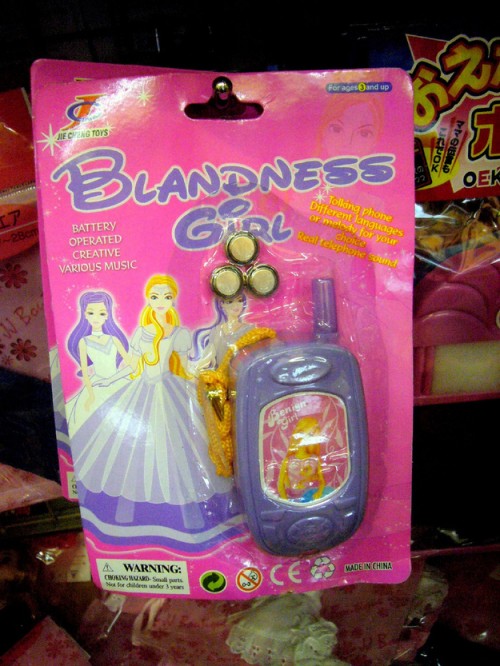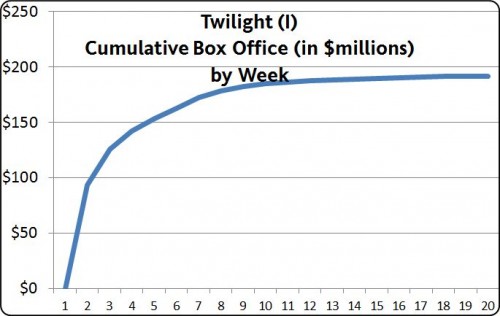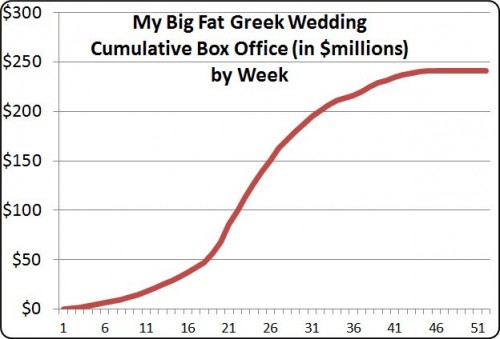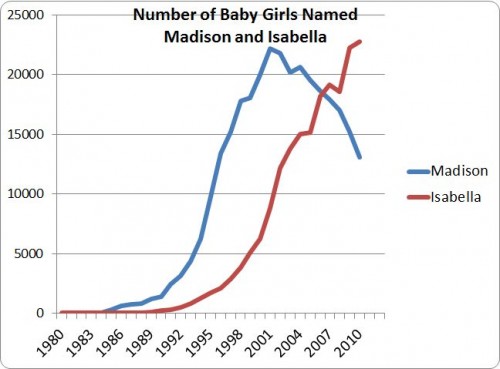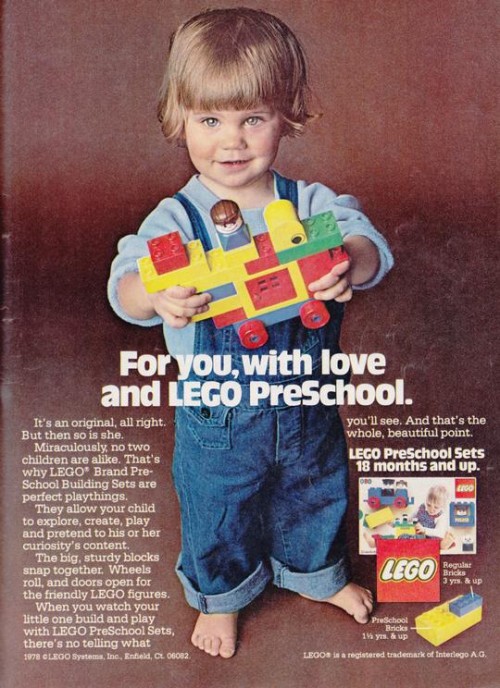A while back we featured a guest post by Geoffrey Arnold about discrimination against short men. He collects examples of heightism at his blog, The Social Complex, and has agreed to let us feature some of his examples here.
Think heightism doesn’t exist? Think again.
Bridesmaids include “Getting put with an usher who is not shorter than you” among good things in life (at 15secs):
Anne Hathaway takes her shoes off when standing next to a shorter guy (just the first 30secs):
Bravo TV executive Andy Cohen talks about being heckled backstage the 2011 Miss Universe pageant by Miss Montenegro and Miss Sri Lanka (unfortunately the clip ends with the host affirming Cohen that he’s not short instead of just condemning the contestants’ behavior):
Better to be tall: “Why be average, when you can XL”?
Short men are ridiculous and laughable, internationally.
American DirectTV commercial:
Chilean (I think) Doritos commercial:
Korean commercial:
American CRV commercial:
This ad, Arnold observes, actually “uses a statistic about heightism in order to justify and encourage the prejudice itself”:
See also Arnold’s guest posts introducing the concept of heightism as a gendered prejudice and discussing heightism (and other icky stuff) at Hooters.
Lisa Wade, PhD is an Associate Professor at Tulane University. She is the author of American Hookup, a book about college sexual culture; a textbook about gender; and a forthcoming introductory text: Terrible Magnificent Sociology. You can follow her on Twitter and Instagram.



